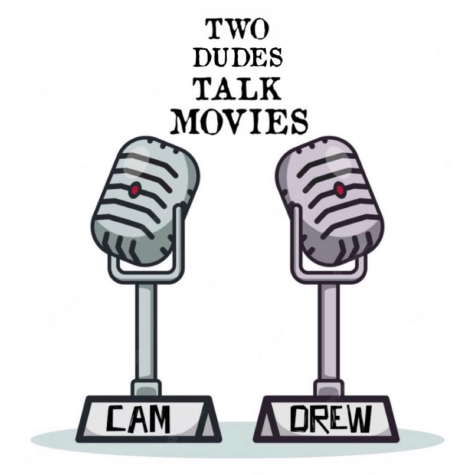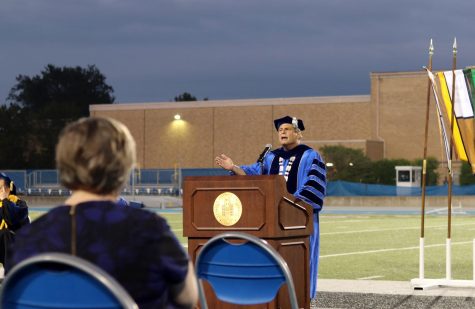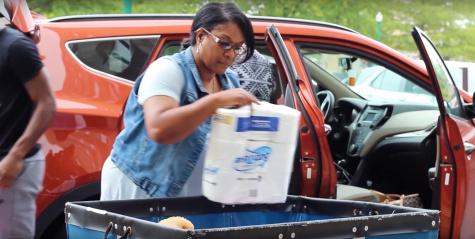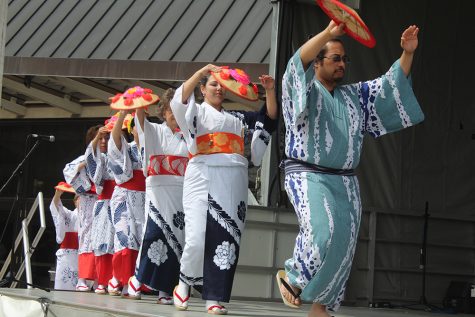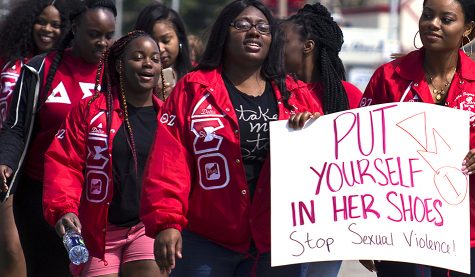‘Always be a good boy, don’t ever play with guns’
Editor’s Note: This is the third article in a 15-part weekly series detailing Associate Online Editor Adam Testa’s experiences in Charleston’s Citizens Police Academy program.
“My momma always told me, ‘Always be a good boy, don’t ever play with guns.”
These lyrics from Johnny Cash’s “Folsom Prison Blues” have been a motto for my life, until Thursday night at least.
The closest thing I had ever used to a firearm was a Super Soaker 3000, but on Thursday night, I had what was probably a once in a lifetime opportunity because of Citizens Police Academy.
On Thursday night, our class has the opportunity to use a variety of the weapons the police department uses. The firearms we had the opportunity to use ranged from a AR-15 (the civilian version of an M16) to a sub-machine gun to handguns to a 12-gauge shot gun.
Though I was extremely nervous when we walked out onto the firing range, the experience wound up being one of the most fun of my life. The first gun I shot in my life was a sub-machine gun, and that feeling was amazing.
But the whole night was not the fun and games of firing the weapons. It was also important that we learned gun safety and how to properly handle firearms.
Sgt. Brad Oyer taught us the three rules of handing a firearm. The first rule is one of the most important, he said.
“Never point a firearm at something you’re not willing to destroy,” Oyer said.
This includes other living individuals, parts of your own body or physical property.
The second rule of firearm safety is to keep your finger off the trigger until you are ready to fire.
And the third rule is to know what’s behind your target. This is because some weapons, such as certain rifles, are powerful enough to go through almost any surface, from trees to houses.
When Oyer was 20, he started taking target practice with a rifle on a telephone pole. He started wondering where his shots were going, and he walked over to the pole to find it littered with tiny holes going completely through the pole.
“That was my first introduction to the power of a rifle shot,” he said.
Though there are three rules to go safety, one can really prevent the other two from being issues, Oyer said.
“You can screw up two of three as long as you don’t have your finger on the trigger,” he said.
The AR-15 and M-16 have not been used in law enforcement for that long, Oyer said.
“When John (Bennett) and I started in law enforcement, you didn’t see anyone carrying these,” he said.
But the rifle is a better option than a shotgun, he said, and he hopes to see shotguns phased out of the police force.
“Anything a shotgun can do, a rifle can do better,” he said.
The people who fear firearms the most are the people who do not know how to use them, Oyer said.
“The best protection is to have a handgun and know how to use it,” he said.
Oyer and Charleston Police Department officer John Bennett both said that civilian gun ownership is a good thing, if used for protection, and that it does not scare them.
“I’m not against civilian gun ownership,” Oyer said. “I owned a gun before I was a cop and I’ll own one after I retire.”
“Law abiding gun owners don’t scare me, and most police officers will tell you the same thing,” Bennett said.
However, if a civilian wishes to have a gun for protection, they need to be prepared to use it when the time comes.
“If you’re going to have a gun in your house for safety,” Bennett said, “you have to be prepared mentally and psychologically to use it.”



































